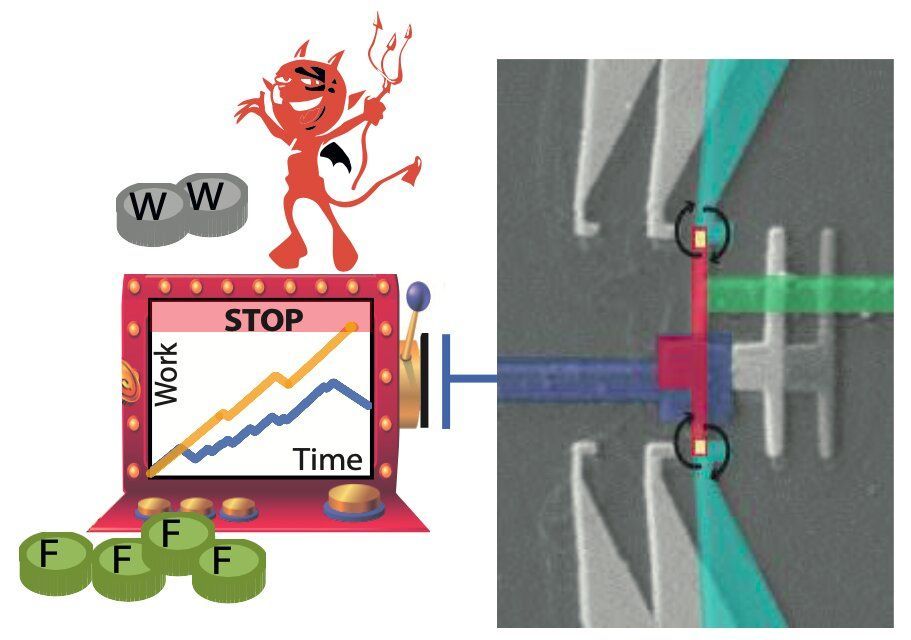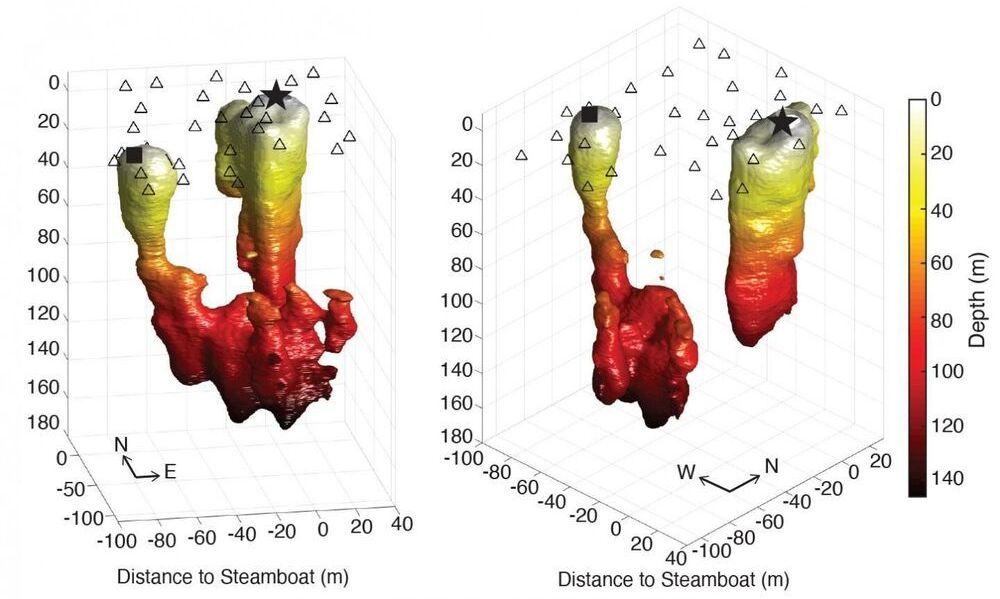Cybersecurity researchers have unwrapped an “interesting email campaign” undertaken by a threat actor that has taken to distributing a new malware written in Nim programming language.
Dubbed “NimzaLoader” by Proofpoint researchers, the development marks one of the rare instances of Nim malware discovered in the threat landscape.
“Malware developers may choose to use a rare programming language to avoid detection, as reverse engineers may not be familiar with Nim’s implementation, or focused on developing detection for it, and therefore tools and sandboxes may struggle to analyze samples of it,” the researchers said.









